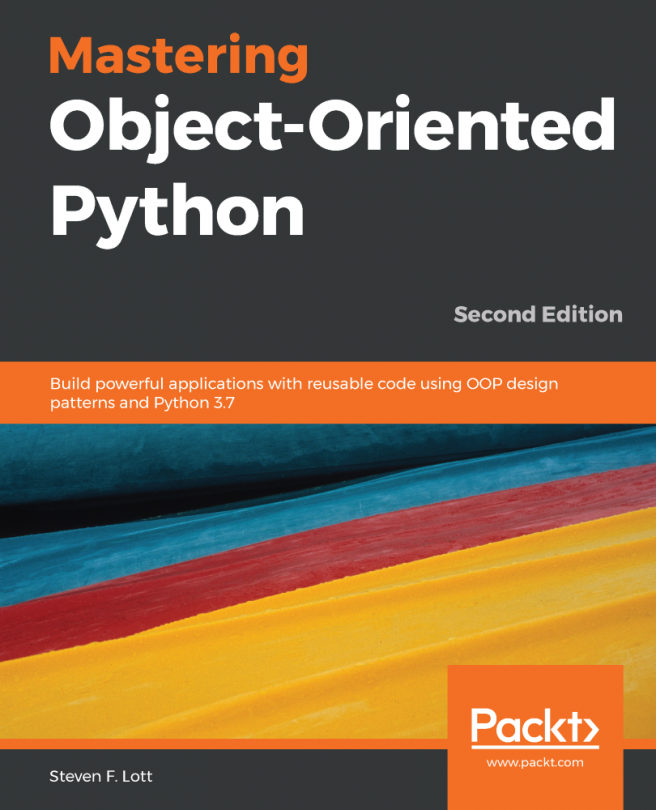Throughout this book, we've focused on the separation of behavior and data. This is very important in object-oriented programming, but we're about to see that, in Python, the distinction is uncannily blurry. Python is very good at blurring distinctions; it doesn't exactly help us to think outside the box. Rather, it teaches us to stop thinking about the box.
Before we get into the details, let's discuss some bad object-oriented theory. Many object-oriented languages teach us to never access attributes directly (Java is the most notorious). They insist that we write attribute access like this:
class Color:
def __init__(self, rgb_value, name):
self._rgb_value = rgb_value
self._name = name
def set_name(self, name):
self._name = name
def get_name(self):
...












































































